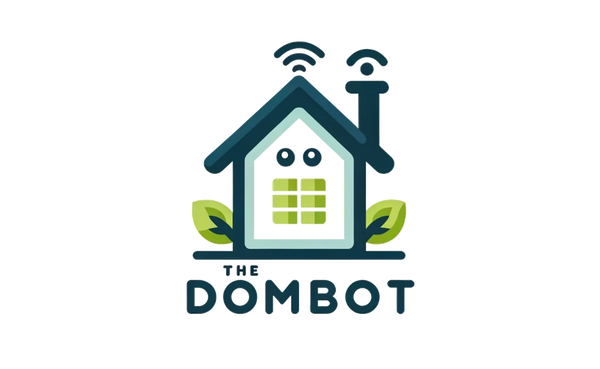Collection: Raspberry Pi Home Automation: Turn Your House into a Smart Home
Turning Your Raspberry Pi into a Home Automation Mastermind: A Hilariously Informative Guide
Hey there, tech-savvy homebodies! Ready to ditch the boring old light switches and embrace the future of home automation? Well, buckle up, because we're about to embark on a journey that'll make your house smarter than your neighbor's (and maybe even funnier!). Today, we're diving headfirst into the world of Home Assistant, using the trusty Raspberry Pi 3 as our trusty sidekick.
Why Home Assistant? Because Your House Deserves a Personal Assistant (That Doesn't Judge Your Snack Choices)
Let's be real, who wouldn't want a personal assistant that can control your lights, adjust your thermostat, and even tell you when your favorite show is on? Home Assistant is like the ultimate party planner for your home, except instead of planning parties, it's planning your perfect home environment. And the best part? It's open-source, which means it's free and customizable. You can even make it tell jokes (though I can't guarantee they'll be as funny as mine).
Getting Started: The Home Assistant Raspberry Pi 3 Starter Kit
Before we get into the nitty-gritty, let's talk about what you'll need. Think of this as your home automation shopping list:
- Raspberry Pi 3: The brains of the operation. Think of it as the tiny computer that runs your entire home automation system. You can even use a Raspberry Pi 4 for even more power, but the Pi 3 is a great starting point.
- Micro SD Card: This is where you'll store the Home Assistant operating system. Make sure it's at least 8GB, because you'll need space for all those smart home shenanigans.
- Power Supply: You need to keep that Raspberry Pi juiced up, so grab a power supply that's compatible with your model.
- Ethernet Cable or Wi-Fi: You'll need to connect your Raspberry Pi to your network so it can talk to all your smart devices.
- Optional: A Case: If you want to keep your Raspberry Pi safe from dust bunnies and curious pets, a case is a good idea.
Installing Home Assistant: A Step-by-Step Guide (With a Side of Humor)
Now, let's get down to business. Installing Home Assistant on your Raspberry Pi is easier than you think. Just follow these steps, and you'll be on your way to home automation bliss:
Step 1: Download the Home Assistant Image
First things first, you need to download the Home Assistant operating system. Head over to the Home Assistant website and grab the latest image for your Raspberry Pi 3. It's like downloading a new app, but for your home automation system.
Step 2: Flash the Image to Your SD Card
Now, we need to get that Home Assistant image onto your SD card. This is where things get a little technical, but don't worry, I'll guide you through it. You'll need a tool called Etcher (https://www.balena.io/etcher/) to flash the image. It's like a magic wand that transfers the image from your computer to your SD card.
Step 3: Boot Up Your Raspberry Pi
Once the image is flashed, insert the SD card into your Raspberry Pi, connect it to your power supply, and watch the magic happen! Your Raspberry Pi will boot up, and you'll be greeted by the Home Assistant setup screen.
Step 4: Configure Home Assistant
Now, it's time to personalize your Home Assistant setup. You'll need to configure your network settings, choose a password, and decide which integrations you want to use. It's like setting up a new account, but for your home.
Adding Smart Devices: Making Your Home Smarter (and Maybe a Little Bit Cooler)
Now that you've got Home Assistant up and running, it's time to add some smart devices to the mix. Home Assistant supports a wide range of devices, from smart lights and thermostats to security cameras and even your coffee maker (because who doesn't love a good morning coffee?). Just search for your device in the Home Assistant integration list, and you'll be able to control it with ease.
Home Assistant: The Future of Home Automation (And Maybe Even the Future of Comedy)
Congratulations! You've successfully transformed your Raspberry Pi into a home automation powerhouse. Now you can control your home with your voice, automate your routines, and even get creative with custom automations. The possibilities are endless, and the only limit is your imagination (and maybe your budget). So go forth, my fellow home automation enthusiasts, and make your home the smartest, most efficient, and most hilarious home on the block!
